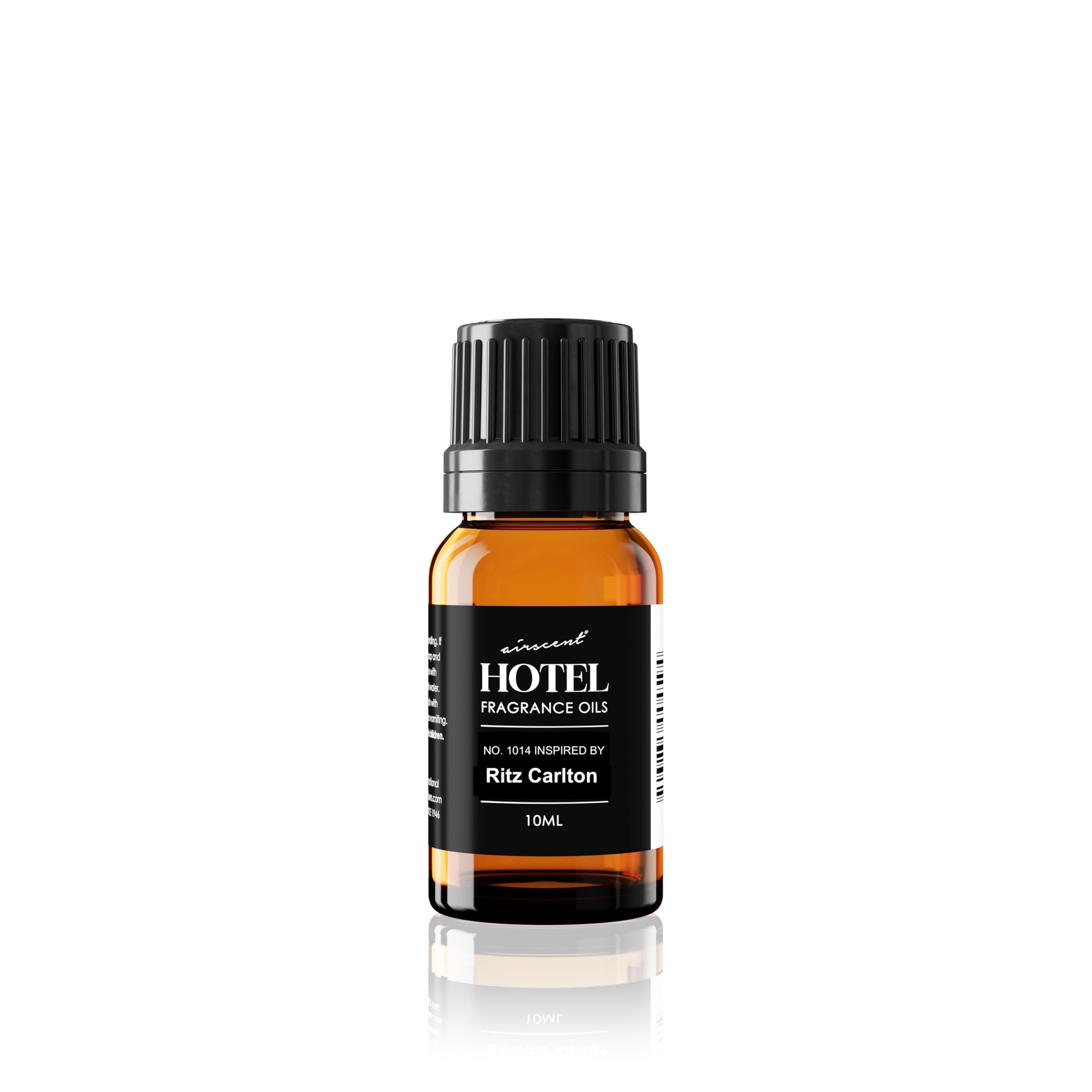Fair Fragrance Pricing: Essential Guidelines for Your Product Line
Let’s be honest, the world of fragrance pricing can feel like a maze wrapped in a riddle. With prices that seem to move as frequently as the seasons, finding the right price point for your product line can become a daunting task. This blog post aims to navigate you through this challenge as we demystify the key aspects of fair fragrance pricing.
Understanding Fragrance Pricing
Our focus is to provide you with insight into the intricacies of fragrance pricing without leaving you feeling overwhelmed. From dissecting the cost of raw materials, breaking down factors affecting price variation, to discussion around high and low niche markets.
Fair Pricing Strategies
The truth of the matter is that fragrance pricing doesn’t need to be an enigma. With proper market research and practical pricing strategies, you have the power to set fair prices that benefit both your business and consumers.
Crafted with wisdom and insight, ‘Fair Fragrance Pricing: Essential Guidelines for Your Product Line’ will lead you step by step in creating a pricing plan that balances value with affordability. Let’s embark on this journey together, as we shed light on the path to fair and profitable fragrance pricing.
The History of Fragrance Pricing Guidelines
The guidelines for pricing fragrances are rooted in a deep knowledge of history, craftsmanship, and marketing science. The pricing structure of fragrances has been influenced by various historical and market dynamics.
The Emergence of the Fragrance Industry: A Factor of Rarity and Exclusivity
The fragrance industry emerged in the medieval times, with scent seen as a luxury item affordable only to the higher echelons of society. The rarity of ingredients and the painstaking labor involved in the production process made these early perfumes costly to create and purchase. The status and wealth of the purchaser were central to the pricing strategy, making fragrances a symbol of affluence and exclusivity.
Industrialization and the democratization of Fragrances: A Dual Pricing Strategy Emerges
The introduction of synthetic ingredients during the industrial revolution transformed the fragrance landscape. These less expensive alternatives allowed for the creation of more affordable scents, democratizing the industry. From this point forward, a dual pricing strategy emerged: high end, luxury fragrances remained costly due to their use of unique, rare ingredients and complex production processes, while mass market fragrances were priced to appeal to a broader audience.
Modern Fragrance Pricing: A Blend of Cost, Brand and Perception
In the modern fragrance market, several key factors mold the pricing strategy:
- Cost of Production: This includes the cost of raw materials, labor, packaging, and distribution.
- Brand Identity: Luxury brands with strong brand recognition and reputation can command a higher price, reflecting their brand promise and perceived value.
- Perceived Value: The perceived value of a fragrance is based on factors such as its scent, packaging and marketing efforts. This perception can influence customers into willingly paying a premium price.
- Market Demand: Just as in any industry, the supply and demand of a fragrance in the market will impact its price.
Examples of Pricing Guidelines in Practice
Let’s look at some notable examples from the fragrance industry.
1. Chanel No. 5: As one of the most iconic, high-end perfumes globally, Chanel No. 5’s pricing strategy reflects its brand’s identity, the quality of its ingredients, and its enduring popularity.
2. CK One by Calvin Klein: This fragrance, regarded as a classic everyday scent, is priced affordably to meet its mainstream, mass-market appeal.
3. Jo Malone: This brand offers a range of fragrances at varying price points, reflecting its varying fragrance complexities and the scale of ingredients used.
Understanding the history of fragrance pricing guidelines helps to create an informative framework for pricing a new fragrance appropriately. It becomes clear that the pricing of a fragrance goes beyond just covering costs—it’s about building a brand, managing customer perception, and continuing to serve an ever-evolving marketplace.
Understanding the Importance of Fair Pricing in Fragrance Industry
Setting the correct price for your fragrances can greatly influence your sales rate and overall profit. Contrary to a mere guesswork, this involves a keen understanding of various important facets.
Profit Margin and Sustainability
Fair pricing ensures that you maintain a healthy profit margin without overcharging your customers. Managing a reasonable profit margin is a delicate balancing act between profit-making and the health of your customer relationships.
Navigating Market Competition
Benchmark your prices against those of your competitors. This strategy helps you to position yourself in the market. Too high, and customers might consider your product as overpriced. Too low, and they might question the quality of your product.
Brand Positioning
The price of your fragrances should reflect the quality you deliver. A premium price can be justified if it’s aligned with the quality of the ingredients used, the fragrance longevity, and the overall brand image.
Customer Perception and Value
Customers make purchasing decisions based on their perceived value of the product. Offering fair prices for your fragrances signals to customers the value they can expect from your products.
Implementing Effective Pricing Strategies
Leveraging these insights, implementing an effective pricing strategy can greatly influence the success of your fragrance business.
Cost-Plus Pricing
This involves adding a percentage margin to your cost to reach the final selling price. This margin should cover overheads, labor, and desired profit.
Competitive Pricing
This strategy involves positioning your prices relative to your competitors. Understanding the competitive landscape helps to inform your own pricing decisions.
Psychological Pricing
This strategy focuses on pricing products in a way that appeals to a customer’s emotional response. For example, prices ending in .99 are often perceived as significantly lesser than a round number.
Remember, pricing your fragrances fairly is key not just for profitability, but also for building strong customer relationships and a sustainable business in the long run.
Wrapping Up
Pricing your fragrances fairly is a strategic move that requires careful thought and calculations. Keep in mind the cost of ingredients, packaging, and other overheads when setting the price. Understanding your market, your competitors and your customers is also crucial. Don’t hesitate to reevaluate and adjust your prices as you gather more data and insights about your business and the market.
For those just stepping into the perfume industry, don’t shy away from seeking professional advice or support from consultancies that specialize in fragrance and beauty product pricing. Now that you are well-armed with all these guidelines, the next step is to put them into practice. But, before you do that, we recommend doing a thorough audit on your figures: costs, overheads, profit margins, and so on. This would not only help you price your fragrances fairly but also ensure the sustainability of your business.
Remember, while competitive pricing can attract customers, the quality and uniqueness of your product will keep them coming back. So, don’t compromise on these aspects in an attempt to reduce prices. Be fair to both your business and your customers by adapting a pricing model that complements your products and reflects their value accurately. Take the leap and set forth on your journey in the world of fragrances.
Best of luck with your pricing strategy!

